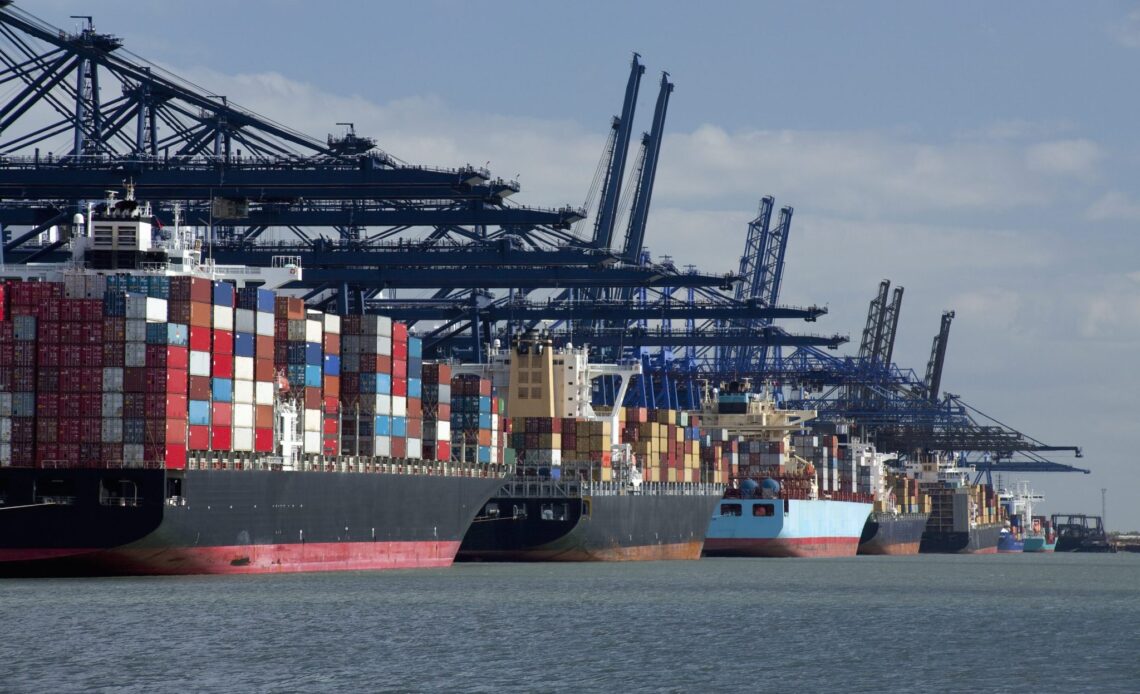Friends who trade together, stay together. That’s the mantra that seems to increasingly dictate global trading dynamics, to the benefit of the resurgent European economy.
The EU’s trade surplus with the U.S. rose to a record high of €43.6 billion ($47.3 billion) in the first quarter of 2024, official data shows. The 27% jump from the same period last year reflected both an increase in exports to the U.S. and a reduction in imports to the EU.
With overall levels of transatlantic trade on a long-term upward trajectory, the widening trade gap in favor of the EU reflects a couple of trends that aren’t likely to go away any time soon.
The U.S. and Europe’s closer ties
Firstly, American businesses and consumers could be buying more from Europe in response to the rising costs of trading with China after the White House upped the ante in its long-running trade war with the country.
The Biden administration slapped a 100% tariff on Chinese-made EVs last week as part of a move to protect the market share of American carmakers, with retaliation widely expected from the Chinese government.
In the face of a U.S.-China trade war, European imports may suddenly seem more attractive, despite generally higher costs. It doesn’t hurt that U.S. consumer demand remains buoyant.
On the other side of the equation, lower EU demand for American goods likely reflects tough times on the continent.
The German economy, Europe’s traditional powerhouse, has suffered in recent years from declining manufacturing. Vladimir Putin’s invasion of Ukraine, and the sanctions that followed, made matters worse by cutting Germany off from the cheap Russian oil and gas it depended on to power its industries.
Across Europe more widely, spiraling inflation and rising interest have hit consumer confidence, which remains around levels last seen during the Great Recession of 2008/09.
The rising surplus was therefore “explained by the strength of U.S. domestic demand and weakness of EU demand,” Capital Economics’ Andrew Kenningham summarized to the FT.
However, it will be interesting to see whether the two economies’ shifting fortunes will affect trade flows through the rest of the year.
While the Eurozone experienced more prohibitive levels of inflation at the peak of the cost of living crisis, it has been able to tame prices more quickly than its U.S. peers, with the European Central Bank expected to cut rates in June.
Top banks…
Click Here to Read the Full Original Article at Fortune | FORTUNE…


